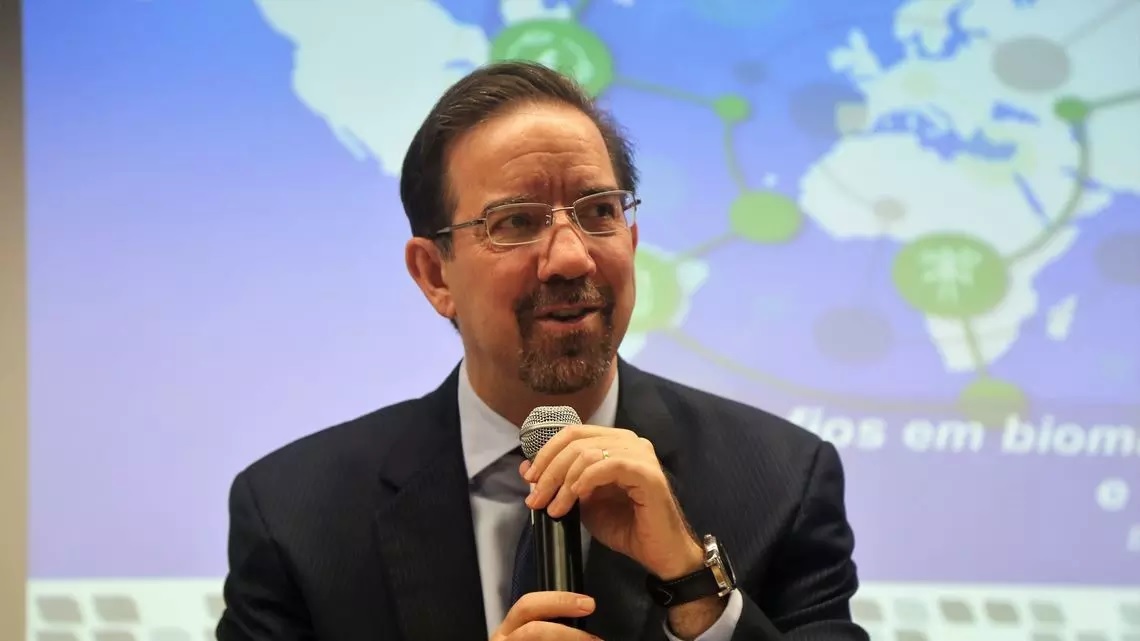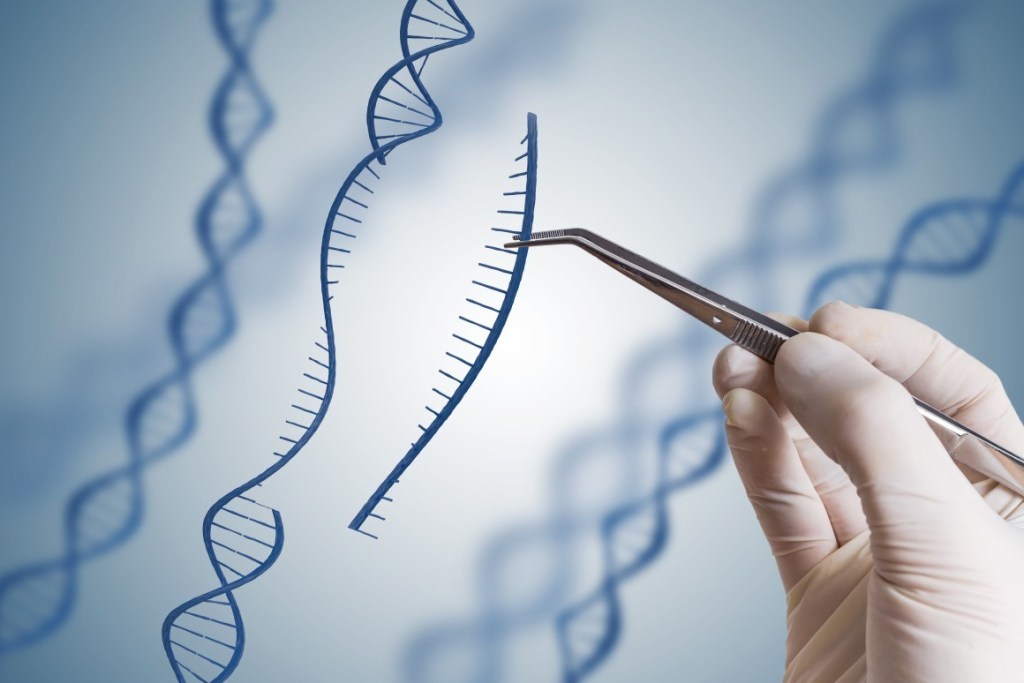RIO DE JANEIRO, BRAZIL – After six months as interim president of the Brazilian Agricultural Research Corporation (EMBRAPA), researcher Celso Luiz Moretti was confirmed last week as the holder of the position by the Minister of Agriculture, Livestock, and Supply, Tereza Cristina.

In an interview to Agência Brasil, Moretti said that in 2020 the company will continue with “a sturdy agenda”, and in this sense, three fronts will be prioritized.
One of them – genomic editing – allows, through so-called genetic scissors, editing the DNA of plants, animals, and microorganisms. The researchers want to adapt soybeans to drought and also to be resistant to nematode, a small plant-parasitic roundworm that attacks the roots and kills soybeans.
The same technique is also used to reduce the darkening of beans. “I believe this technology will replace transgenics. It will impact on the issue of barriers to food that today cannot reach Europe because of transgenics, for instance,” he said.
Carbon Neutral
Also among next year’s novelties is the initiation of the certification and commercialization process of products with the Carbon Neutral Meat (CCN) concept brand. This ensures that animals that gave rise to the product had their enteric methane emissions – gas produced in the digestion of ruminants and eliminated by the flatulence of animals – offset during the production process by the growth of trees in the ecosystem.
The company estimated the amount of gases that cows produce during their rearing, breeding and fattening cycle – harmful to the environment – and concluded that, when beef or dairy animals are reared in the midst of crops and trees, the CO2 and carbon of the environment are completely neutralized.

Digital agriculture
Another priority for next year is the investment in digital agriculture. “We will use more drones, more sensors, more Internet of Things so that Brazilian agriculture will progress at a faster pace,” he explained.
Moretti conceded that, unlike countries like China, which has Internet coverage in 95 percent of its territory, in Brazil, only 65 percent of localities are connected by the global computer network. Optimism comes from the passing, this month, of Senate Bill (PL) 1481/07, which allows the use of funds from the Telecommunication Services Universalization Fund (FUST) in the mobile telecommunication area.
According to the text, which still requires another vote in the Senate, the main goal of FUST – which collects R$1 billion annually and has already accumulated R$21.8 billion which are virtually unused for telecommunications investments – will be to encourage the expansion, use, and improvement of the quality of networks and telecommunications services to reduce regional inequalities. It can also be used for the usage and development of new connectivity technologies.
Programs and projects for telecommunications services and policies for technological innovation in services of this nature, in rural and urban environments, will be funded to improve access in regions with low Human Development Index (HDI) and no economic viability.
Curriculum
An agricultural engineer, Moretti has been a researcher at EMBRAPA since 1994, when he was hired to work at the Food Science and Technology Laboratory of EMBRAPA ‘Hortaliças’ (garden vegetables), a unit he headed between August 2008 and March 2013. He also served at the headquarters as head of the then Research and Development Department (DPD), from April 2013 to July 2017, and later as R&D director, as of July 2017 – a position he continued to hold as interim president.
Source: Agência Brasil

